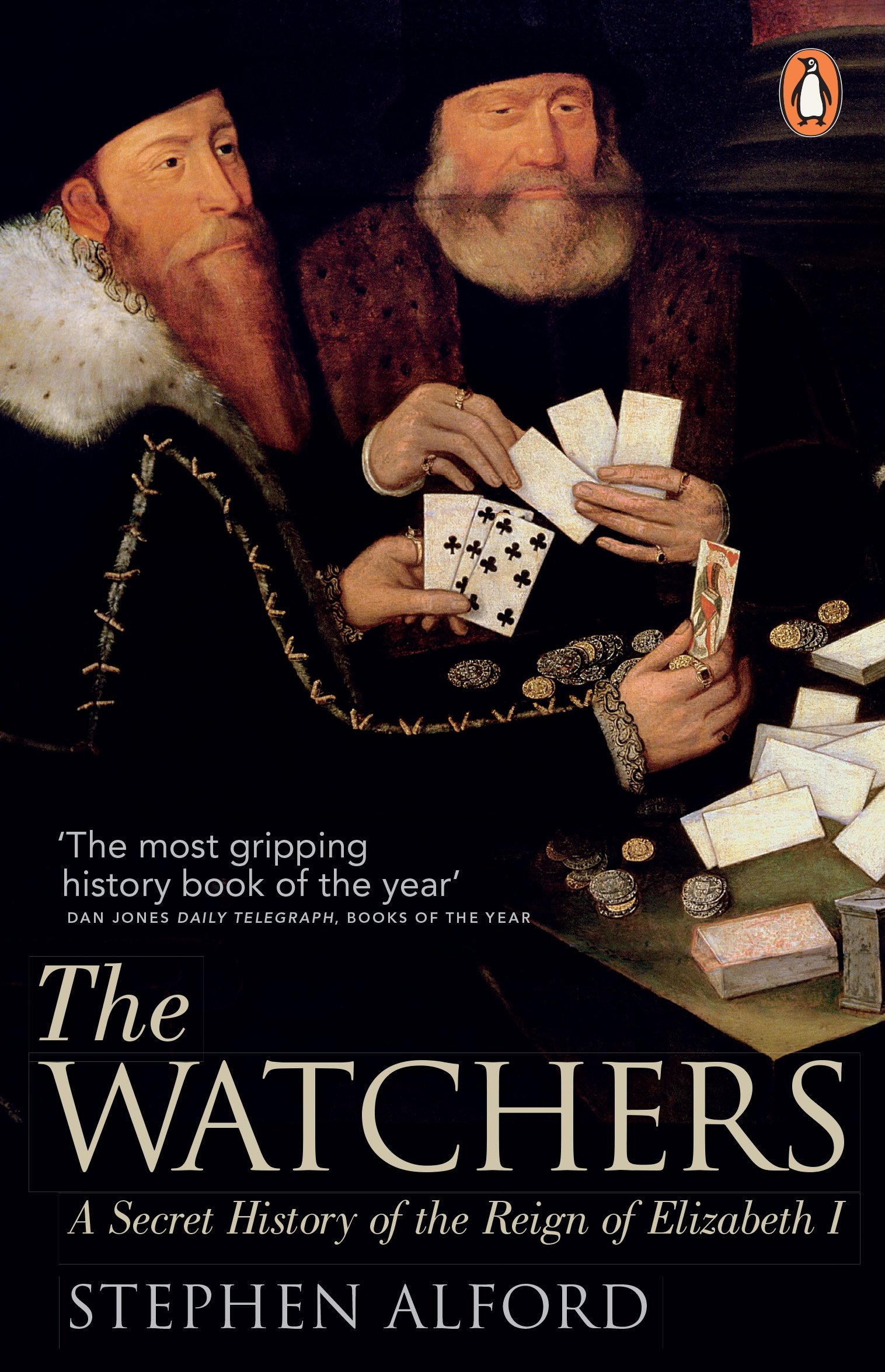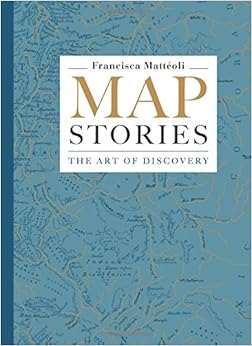Stephen Alford
The Watchers: A secret History of the Reign of Elizabeth I
(Penguin; 2012)
I mentioned this book some while ago, and promised a review of it when I finished it. At that time I was about four chapters from the end, but have only just got round to reading them – life has intervened in too many ways! Anyway, here at last is a review.
The book is a tour de force of forensic historical document research. There is little remaining evidence to go on, as Alford himself explains in his “Introduction”:
It would be wonderful to have the papers of [Elizabeth’s] secretary and his staff just as they were left at the end of Elizabeth’s reign. Instead we have to make do with tantalizing fragments, scattered pieces of a great documentary puzzle that keep historians on their toes. A stunning exception is the surviving archive of manuscripts belonging to Robert Beale, a clerk of Elizabeth’s Privy Council. Beale was a powerful character, a plainly spoken man of … high intelligence, an experienced bureaucrat and a master of government business. Over his long career, Beale collected the kinds of papers he and his colleagues needed to use every day, organized by themes and topics … Beale’s volumes in the British Library … allow us to understand an Elizabethan archive, to touch it and feel it: the stiff pale animal hide spines and covers, the leather ties to keep the books closed, the indexes for speedy reference, and Beale’s explanatory notes in what, after the frenetic scrawl of Sir Francis Walsingham [Elizabeth’s principal secretary] or the impossibly compressed minute writing of Walsingham’s most secret servant, Thomas Phelippes, is one of the vilest hands of sixteenth-century England … Unfortunately Beale’s papers are exceptional. Time, damp and hungry rodents quickly set to work on the piles of old government papers that lay in heaps in the Tower of London for centuries. Most of what survives today was preserved for us by the enterprising Victorians who … went through the chaos of papers they found in government and family archives and gave them order.
 What emerges is a “who nearly done it” from the misty and murky world of Elizabethan espionage. Espionage that, in those dangerously unsettled times, was essential for the survival of Protestant England and Elizabeth. Espionage, which was perhaps the first really consolidated use by the state, and whose methods very much laid the foundations even for today’s shadowy world of subterfuge.
What emerges is a “who nearly done it” from the misty and murky world of Elizabethan espionage. Espionage that, in those dangerously unsettled times, was essential for the survival of Protestant England and Elizabeth. Espionage, which was perhaps the first really consolidated use by the state, and whose methods very much laid the foundations even for today’s shadowy world of subterfuge.
Alford uses the available papers to tell the story of the machinations underneath many of the plots against Elizabeth, and of the subtle, cunning and, yes, dishonest way in which Sir Francis Walsingham, Lord Burleigh, Robert Cecil (Burleigh’s son), and to a lesser extent the Earl of Essex, used spies, couriers and shadowy men to capture Catholic plotters, entrap Mary Queen of Scots and send many to the rack and the gallows.
We all knew that Mary Queen of Scots had been caught out colluding with the Catholic enemy. What we probably didn’t realise was just how many people were involved; many were just couriers of letters who knew not what was happening; but equally many knew parts of the plan and were paid handsome sums of money not to ask questions. We probably also didn’t know that the crucial evidence against Mary was in fact a forgery.
It is a fascinating story with web upon web upon web of interplay between agents, double agents and even triple agents. A web which ranges across much of mainland Europe as well as England. But this tangle of webs does make the book somewhat challenging, as you need a clear head to keep in mind who everyone is, and who is playing who off against who.
It is an engrossing read which is well written and keeps you turning the page – I had to restrict myself to a chapter or two a night just so as not to stay up round the clock to finish the book. This is a book which tells history in the raw, and in the way it happened on the ground at the time, rather than as the sanitised version we are all taught at school. It gives us an insight into what (at least for some elements of society) was a really frightening, unsafe and unstable age.
If you enjoy history, are interested in the Elizabethans, or just like some good intrigue and skulduggery, then this is a book you will want to read. It is perhaps the most fascinating book I’ve read in a long time.
Overall Rating: ★★★★★














 This is, in the words of the Preface, “a book that invites the reader on a journey from map to map, to let their imagination run free”. It is a curious collection of historical maps, around which the author tells the stories the places and voyages which gave birth to the maps.
This is, in the words of the Preface, “a book that invites the reader on a journey from map to map, to let their imagination run free”. It is a curious collection of historical maps, around which the author tells the stories the places and voyages which gave birth to the maps. I was given this book at Christmas – well what else do you give a Londoner who is interested in the history and eccentricity of the city? I’ve been reading it in small chunks, which is why I’ve only just finished it.
I was given this book at Christmas – well what else do you give a Londoner who is interested in the history and eccentricity of the city? I’ve been reading it in small chunks, which is why I’ve only just finished it.